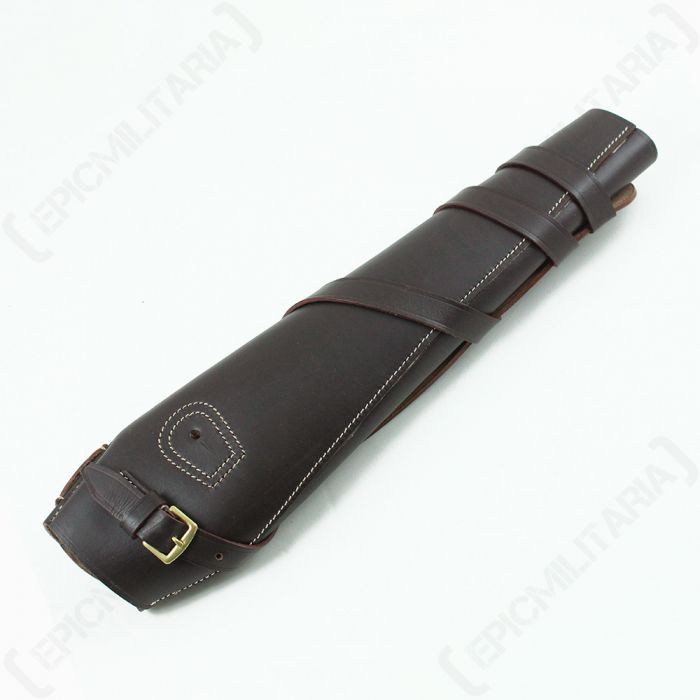
It had three gas relief ports at the front of the bolt, as well as a reinforced cup area at the back of the bolt. Also, because of the immense 13.2mm cartridge, the bolt required some additional safety features. For example, the bolt, while being the standard Mauser action, was more akin to the Gewehr 88 rather than the 98 version. The other differences are not so apparent. Because the weapon was so large, it would be not only uncomfortable but also impractical to have the user hold the gun in a traditional rifle style. This was due to the manufacturing process but there are rare examples of one piece stocks. The first was that the stock was two piece rather than one piece. However, there were some differences between this and the Gewehr 98. Source: defencehorizonĪs mentioned earlier, the Tankgewehr was essentially an upscaled Mauser Gewehr 98. By the end of the war, the Oberndorf am Neckar factory was producing 300 rifles per day and a total of about 16,000 were produced.Įxample of the Tankgewehr with bolt closed (above) and open (below), using the more commonly issued MG 08/15 bipod. So, in only seven months a complete development project had taken place for not only a new type of firearm, but for the ammunition as well.
#German mauser gewehr 98 full#
On the 10th of May 1918, the gun was ready for full production. The decision was made to essentially upscale a Mauser 98 and, by January 1918, the first prototype was produced. To help give the project some speed, the German General Staff gave it the same resource priority rating as submarines. DevelopmentĪt this stage in the war, Germany was under increased economic strain and, as such, resources were rationed. To assist Mauser, a design officer was set up in Oberndorf am Neckar, and together they worked on developing the rifle which would become known as the Tankgewehr M1918. 303 round (left) with the 13.2mm Tank und Flieger used in the Tankgewehr. Size comparison between the standard British. The total length for this cartridge was 92mm and the case was semi-rimmed. Polte had developed a 13.2mm hardened steel core round. The decision was soon made for them by the Polte ammunition factory in Magdeburg. At first, Mauser was having trouble deciding between a range of calibres from 13mm to 15mm. They then approached the Mauser company in November 1917 to develop such a rifle. So, a suggestion was made to develop a rifle to help test the new ammunition as a stop-gap measure, which the Commission accepted. However, it would take a long time to develop both a suitable cartridge and a working machine gun. In October 1917, the German Gewehr-Prüfungskommission (Rifle Testing Commission or G.P.K.) issued a directive to develop a machine gun chambered with a large calibre cartridge able to combat both tanks and aircraft. Tanks were also not the only problem but the advancement of the airplane, from simple reconnaissance aircraft to better fighters and bombers, meant that there was a need for a large calibre weapon to deal with both.

It soon became apparent that the K bullet was no longer effective in combating the armored fist of the Allies. The Battles of Messines and Cambrai in 1917 saw mass deployments of the British Mark IV tank, which had improved armor protection over the Mk I. They weren’t always effective, could damage the rifle and once the British started upgrading, the bullet became useless. This allowed a little more propellant and the theory was the blunt end wouldn’t break apart against the tank’s armor but cause it to distort and send spalling into the compartment. As the name states, the bullet was in the casing backwards. There is also debate in regards to the use of reverse bullets. Originally, these steel core armored piercing bullets had been issued so that frontline units could tackle enemy pillboxes and armored bullet shields, but now they were turned against the British and French metal beasts that now stormed towards their trenches. The first solution saw the Spitzgeschoss mit Kern, more commonly called the K Bullet, being issued in larger quantities. In September 1916, the British unveiled their new weapon to the world – The Tank – which, while slow and mechanically unreliable, sent shockwaves through the ranks of the German military.


 0 kommentar(er)
0 kommentar(er)
